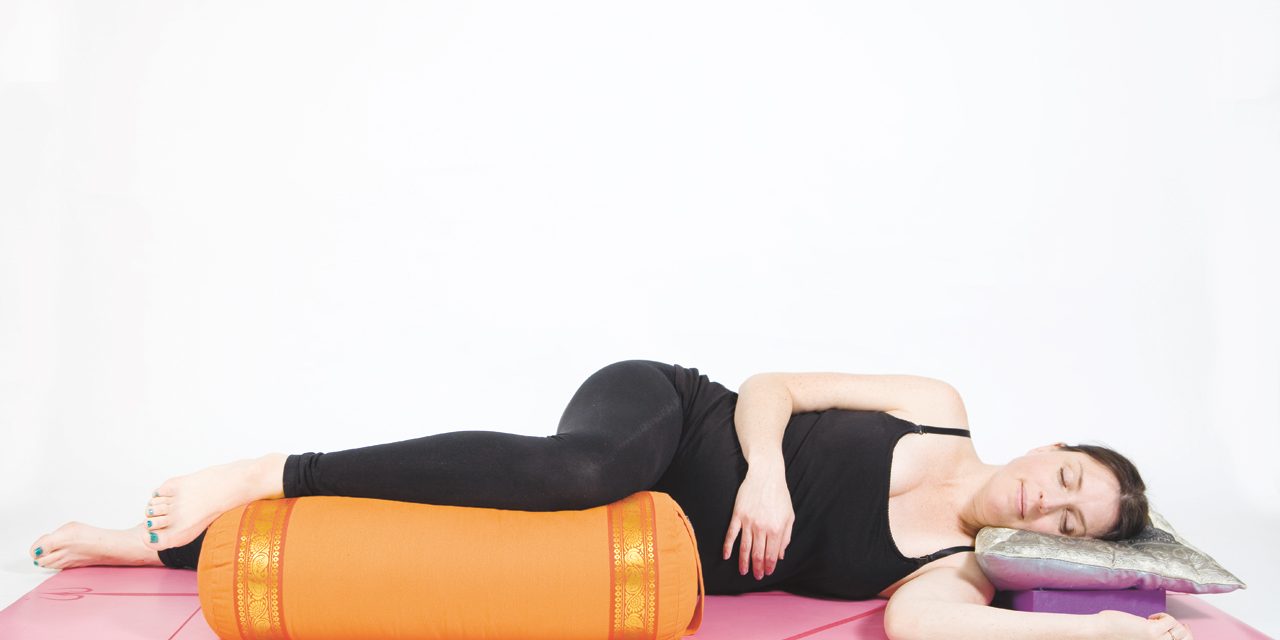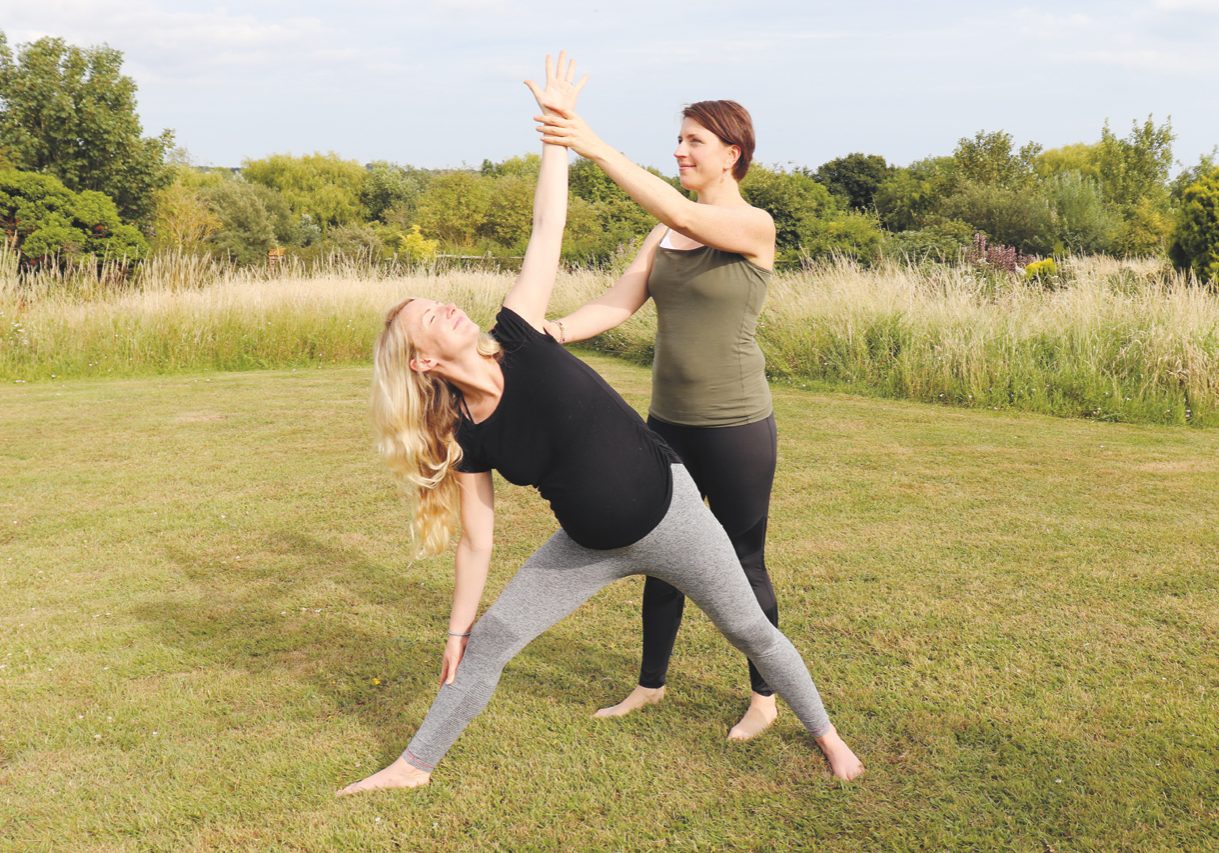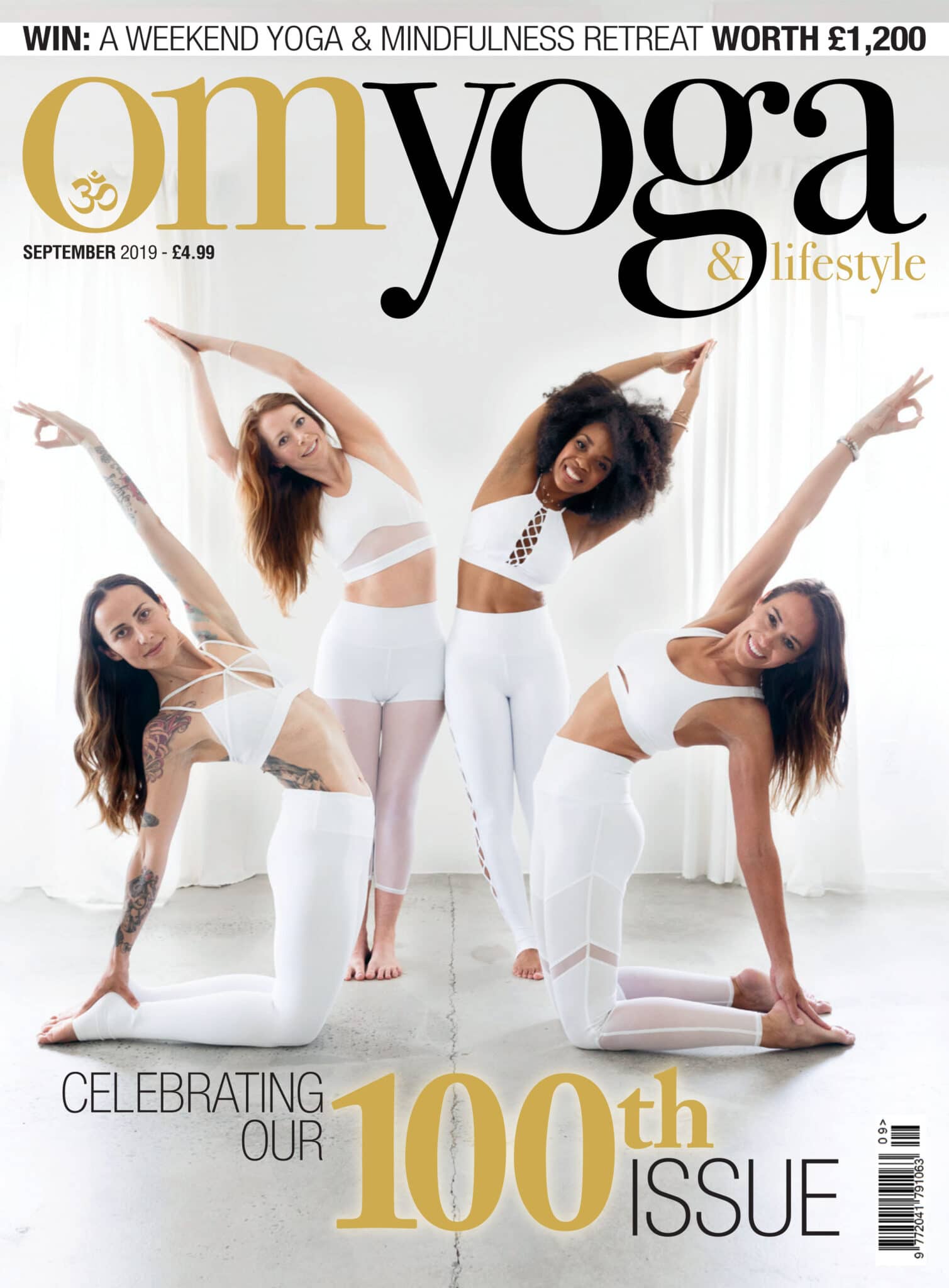
3 simple breathing exercises for mums-to-be
Understanding the nervous system in pregnancy… and how to soothe it. By Sally Parkes
The human body is a hugely complex entity which is not only made up of the skeletal system, but also many other systems including the respiratory, circulatory, endocrine, lymphatic and digestive system, to name a few . And we need synchronicity of all these systems to experience a healthy level of wellbeing. This can be achieved by gaining control of our nervous system, which can be thought of as the motherboard, or control centre, which governs all the systems that reside within it.
What is the nervous system?
The nervous system is a complex network of nerves and cells that carry messages to and from the brain and spinal cord to various parts of the body. It can be divided into the central nervous system and peripheral nervous system.
The central nervous system is made up of the brain, brain stem and spinal cord whereas the peripheral nervous system is made up of the somatic and autonomic nervous system. The somatic nervous system is the part of the peripheral nervous system responsible for carrying motor and sensory information both to and from the central nervous system and controls voluntary human movement. When human movement occurs, the autonomic nervous system will activate in response to the movement in order for the physical movement to be maintained. So, for example, when practicing strong yoga asana, the autonomic nervous system will receive a message from the somatic nervous system to increase the heart rate and respiration which, in turn, increases blood flow to the skeletal muscles, enabling us to maintain the yoga asana as the muscles are now being supplied with more energy.

Autonomic nervous system
The autonomic nervous system also has two divisions. The division being stimulated during exercise is the sympathetic nervous system (SNS), also known as our ‘fight or flight system’. This helps us to mobilise energy by: releasing adrenaline, increasing the rate of the breath so it becomes more rapid, increasing our heart rate and blood pressure, and increasing blood flow to the skeletal muscles.
So, we can see then that activation of the SNS will make us stronger and improve our cardiovascular health. For a mother-to-be this can be helpful as her fitness levels will help sustain her during the last few weeks of pregnancy and through childbirth. However, over stimulation via too much exercise (including too much of the wrong type of asana), can not only be depleting, but also overstimulate, leading to energy depletion. This can then lead to an increased release of adrenaline so that the mother has the energy to get her through the day which then leads to more overstimulation, and so the cycle of fatigue and stress begins.
In small doses, stimulation of the SNS is essential to our wellbeing, but when it goes in to overdrive the mind and body suffer. This can result in: increased release of cortisol (stress hormone), increased blood pressure, anxiety and interrupted sleep patterns.
It is essential then that within the practice of yoga during pregnancy we must be mindful that we sequence yoga asana and pranayama that is not over stimulating for the mother, as she is already expending huge amounts of energy growing her baby and is likely to be functioning on broken sleep as well.
We can achieve this learning to limit the stimulation of the SNS during pregnancy and by focusing more on activation of the PNS via nourishing yoga practices. Then the SNS doesn’t feel as though it needs to put in so much overtime and has the opportunity to calm down, allowing the PNS to do its healing work.
The PNS is also known as our ‘rest and digest system’ and helps us to calm down by: decreasing heart rate and blood pressure, decreasing the rate of the breath so it becomes slower, creating a more even blood flow to all areas of the body and the baby and releasing serotonin and oxytocin.
Serotonin and oxytocin
A direct effect of calming down the SNS and activating the PNS is that our stress hormone release decreases, allowing our level of serotonin and oxytocin (our happy and love hormones) to increase and roam more freely within the physical body. This often results in the mother experiencing: a deeper connection and sense of love for herself and her baby, increased likelihood of going into labour naturally, improved recovery from pregnancy and birth, and increased production of
breast milk.
We can see therefore that a yoga asana and pranayama practice that is more nourishing, as opposed to overly stimulating, will more adequately serve the mother and, in turn, her baby.

Nourishing pranayama for pregnancy

Changing breathing patterns affects the body’s response mentally, physically, and emotionally. On a physiological level, breathing with more depth and fullness is calming, because it provides more oxygen to both mother and baby. Emotionally increasing awareness of the breath and guiding it to become slow and smooth can reduce stress and therefore encourage overall wellbeing. Spiritually, it can help the mother gain a sense of surrender and acceptance to the vast changes
experienced in pregnancy and birth.
There are several types of pranayama that are appropriate for pregnant women. They include:
Bee Breath
The practice Brahmari Pranayama (or Bee Breath) is subtly energising and is useful to release tension and anxiety. Start by taking a few natural breaths and close your eyes. Then, keeping the lips lightly sealed, inhale through the nostrils. Exhaling, make the sound of the letter’ M’, which will give you a humming sound. Sustain the sound until you need to inhale. Then repeat: Inhale through the nose, then hum like a buzzing bee as you exhale. You can practice as long as it feels good and finish the practice with a few soothing natural breaths.
Golden Thread Breath
Golden Thread Breath, also called Feather Breathing, can be practiced during pregnancy to prepare for labour, when contractions get more intense. It is also useful to ease into sleep and to relax.
Take a deep breath through the nose, imagining breathing in energy and oxygen into your body and your baby. Now open the mouth very slightly and with a really slow and gentle exhale, control the breath out through your mouth. Visualise blowing a golden thread from your lips gently into the distance or a fine golden breath spinning out between the lips.
Alternate Nostril Breathing
Nadi Shodhana breath helps to balance the hemispheres of the brain, creates a sense of harmony and wellbeing, helps relieve stress-related tension headaches, and brings a degree of mental and emotional balance.
Close the eyes and begin to slow down the breath (breathe through the nose). Allow the left hand to rest on the left knee with the palm facing up and the index finger and thumb tips touching in Gyan Mudra. Curl the right hand into a fist except for the index finger and thumb, which will remain comfortably extended. With the right thumb, press your right nostril closed and inhale through the left nostril. To exhale, press the left nostril closed with the index finger to allow the breath to release through the right. On the next inhale, breathe in through the right nostril and then exhale through the left. Whichever nostril you exhale out of, that will be
the nostril through which you take your next inhale. Continue directing the breath through the alternate nostrils in this way.
About 20 rounds of each of these pranayama practices everyday while in a restful yoga asana will help to support the nervous system.
3 simple yoga poses
Yoga asana that will nourish the mother include:
Easy Crossed Legged Pose: sit on a block or folded blanket to give the pelvis more space.
Side Lying Savasana : this is preferable to lying supine after 26 weeks of pregnancy due to changes in the circulatory system.
Reclined Bound Angle Pose: Some mothers may find this uncomfortable on the hips and knees, in which case the legs can be straight with a rolled-up blanket under the knees for support.
Sally Parkes BSc is a senior yoga teacher and author of the bestseller ‘The Manual of Yoga Anatomy’. She runs pregnancy yoga teacher training worldwide. Visit: sallyparkesyoga.com
Photo: @naomimurphyphotography




